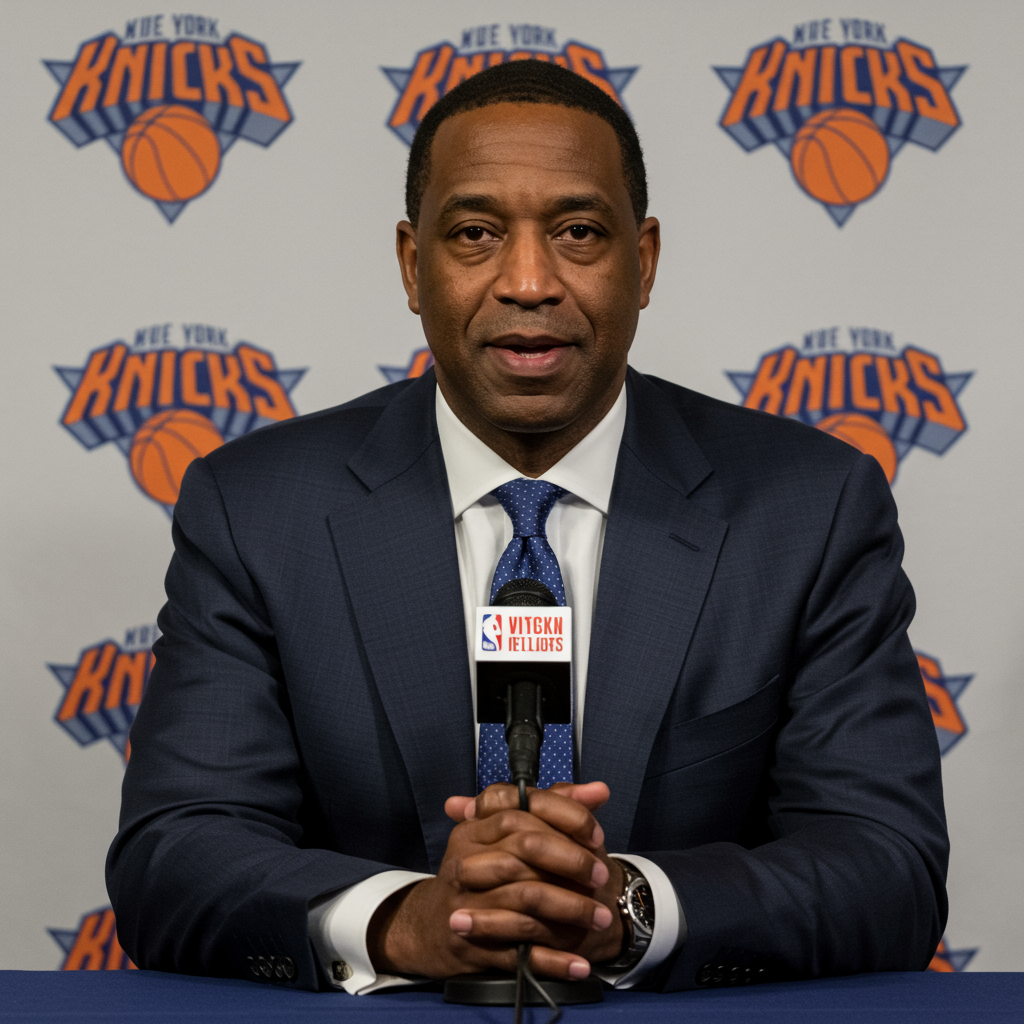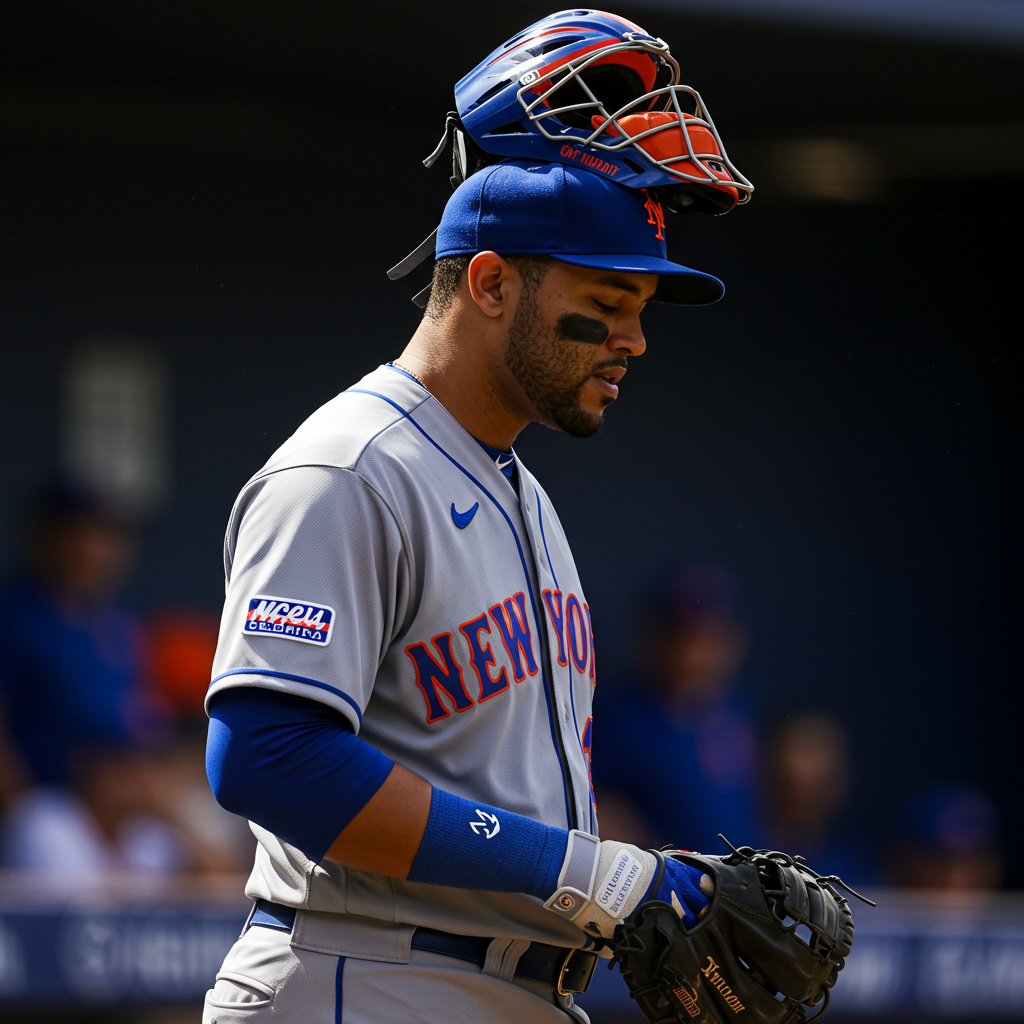Breaking NBA news hit just ahead of free agency, seeing the Utah Jazz complete a significant trade. According to reports, the Jazz have agreed to send guard Collin sexton and a future draft asset to the Charlotte Hornets. In return, Utah will receive veteran center Jusuf Nurkic. This move, initially reported by Shams Charania and widely confirmed, is sparking considerable discussion among league analysts and fans alike. While the surface details might seem puzzling at first glance, dissecting the context reveals strategic motivations for both franchises, albeit with differing perceived outcomes.
The Trade Details: Sexton, Nurkic, and a Pick Swap
The core of the transaction involves a one-for-one player swap, centered around two guards and a big man. The Utah Jazz are trading Collin Sexton, their dynamic scoring guard, along with a 2030 second-round draft pick. This pick is noted to be the more favorable selection between Utah’s own and the Los Angeles Clippers’ pick in that draft year. Heading back to Salt Lake City is 7-foot center Jusuf Nurkic, a seasoned veteran known for his passing and rebounding.
Financially, the trade involves similar money changing hands. Both Sexton and Nurkic are entering the final year of their respective contracts for the upcoming 2025-26 season. Sexton’s deal is just under $19 million, while Nurkic’s contract is slightly higher at $19.4 million, according to Spotrac figures. This means neither team is shedding significant salary long-term; instead, they are swapping expiring deals. This element is crucial in understanding the flexibility maintained by both organizations moving forward.
Unpacking the Utah Jazz’s Rationale
For the Utah Jazz, this trade has been described by some analysts as a “head scratcher” or even receiving a “failing grade” if viewed purely as an asset management play. Collin Sexton is generally considered a more impactful offensive player than Jusuf Nurkic. Giving up the better player and attaching a draft pick, while taking back a slightly larger salary, appears counterintuitive on the surface. However, the reported reasons point towards a clear, albeit potentially costly, commitment to a specific long-term strategy centered on youth and roster balance.
Prioritizing Young Talent
A primary driver for the Jazz in making this deal appears to be creating opportunity. Utah recently drafted promising young players like Ace Bailey and Walter Clayton Jr. There’s a strong desire within the organization to give these rookies significant playing time and offensive touches to accelerate their development. Sexton, known for his volume scoring and assertive offensive style, averaged over 18 points per game during his time in Utah. His shot attempts (often 12-14 per game) could potentially limit the offensive “runway” available for Bailey or Clayton Jr. Removing Sexton clears space in the backcourt rotation and ensures the focus remains squarely on developing the drafted youth.
Addressing Roster Fit and Future Flexibility
Beyond simply clearing space, the trade also addresses specific needs and aligns with future plans. Sexton has struggled defensively throughout his career. Metrics like bball-index.com’s D-LeBron have reportedly ranked him among the league’s worst defenders. The Jazz are looking to build a team with better defensive cohesion, and Sexton’s presence reportedly didn’t fit that vision.
Acquiring Nurkic adds a different dynamic. While not an elite defender or offensive hub, he provides natural center depth behind Walker Kessler. Before this trade, the Jazz lacked true centers beyond Kessler, often relying on players less suited for the role. Nurkic is seen as a veteran who can set effective screens for young guards, contribute rebounds, offer a paint presence, and potentially act as a reliable passer – skills the team values. His expiring contract also maintains the Jazz’s overall financial flexibility, positioning them to potentially make significant moves in future free agency periods, especially if they secure a high draft pick in the upcoming season.
The Value Proposition Debate
The inclusion of a future second-round pick with Sexton has drawn criticism, suggesting Sexton’s value around the league is lower than anticipated, particularly for a smaller guard without strong defensive chops. Comparatively, peers like Anfernee Simons reportedly required multiple second-round picks to be included by their team to match salary for a better player. Accepting a modest return for Sexton, who was a productive player and fan favorite, might simply reflect market value or the Jazz prioritizing getting the right pieces out and in to fit their specific long-term vision over maximizing asset value in this particular move. The low value of a 2030 second-round pick, especially if the Jazz improve by then, also likely factored into the decision. This trade signals a clear shift towards trading rotation veterans to make way for young talent, rather than just sitting them.
The Charlotte Hornets’ Perspective: A “Slam Dunk”?
In stark contrast to the debated value for the Jazz, the consensus among analysts is that this trade makes significant sense for the Charlotte Hornets. Some have even labeled it a “slam dunk” or awarded the Hornets an “A+” grade. Charlotte was reportedly looking to add offensive initiation and backcourt depth, especially given the ongoing availability concerns surrounding their star guard, LaMelo Ball, who has faced injury issues.
Addressing Offensive Needs
The Hornets’ offense struggled last season, ranking 29th in the league. While Brandon Miller and Miles Bridges can create offense, the team was often overly reliant on Ball to initiate actions. With Terry Rozier traded previously, adding another guard capable of handling the ball and creating shots was a priority. Collin Sexton fits this need perfectly. During his time with the Jazz, he proved to be a reliable scoring option, averaging 18.6 points and 4.6 assists with impressive efficiency (48.4% FG, 39.9% 3P, 86.2% FT) in just 27.2 minutes per game.
Acquiring Sexton provides new head coach Charles Lee with more tactical flexibility. He can initiate offense alongside Ball, allowing Ball and Miller to work off-ball, come off screens, or attack closeouts when defenses focus on Sexton. If Ball misses time, Sexton offers crucial insurance as a high-volume, efficient scorer capable of absorbing offensive responsibility.
Shedding a Bench Piece and Gaining an Asset
From Charlotte’s perspective, they acquired a proven scoring guard who addresses a clear need while sending out Jusuf Nurkic, who was reportedly playing under 20 minutes per game for them. Receiving a draft pick (even a future second) on top of getting a player they wanted is seen as excellent value. While questions remain about the defensive viability of a Ball-Sexton backcourt and the composition of their frontcourt after also trading Mark Williams recently, the immediate offensive upgrade and insurance provided by Sexton are significant wins for Charlotte. The question of whether Sexton is a one-year rental or a potential long-term piece will likely be addressed in future contract negotiations.
Implications for the Road Ahead
This trade represents a clear strategic move for both franchises, albeit from different points on the competitive curve. For the Jazz, it solidifies their commitment to a youth-driven rebuild, prioritizing development and future flexibility over immediate competitiveness or maximizing trade value for veterans. The move potentially opens the door for further roster adjustments, including speculation around the future of players like Walker Kessler, with teams like the Lakers reportedly showing interest. Adding Nurkic could potentially pave the way for such a move, even if his fit is initially awkward in a crowded frontcourt.
For the Hornets, the acquisition of Sexton is a win-now move aimed at bolstering their offense and providing much-needed depth and insurance in their backcourt. It signals an intent to push for competitiveness in the Eastern Conference, potentially vying for a playoff spot. The success of the trade for Charlotte will heavily depend on Sexton’s ability to integrate effectively, stay healthy, and provide consistent offense alongside or in place of LaMelo Ball. The defensive pairing remains a question mark they will need to address.
Ultimately, while the Jazz’s return may be debated, the trade aligns with their stated direction. For Charlotte, it appears to be a low-risk, high-reward move that immediately addresses a critical roster deficiency.
Frequently Asked Questions
Why did the Utah Jazz trade Collin Sexton for Jusuf Nurkic?
The Jazz traded Collin Sexton primarily to clear playing time and offensive opportunities for their recently drafted young guards and wings, such as Ace Bailey and Walter Clayton Jr. Sexton is a high-volume scorer, and moving him ensures rookies get the necessary touches for development. Additionally, the Jazz wanted to improve defensively, and Sexton was considered a poor defender. Acquiring Nurkic provides veteran depth at center and aligns with a commitment to future financial flexibility through expiring contracts.
How does this trade impact the Utah Jazz’s future plans and roster?
This trade strongly signals the Jazz’s continued commitment to a youth-centered rebuild. It prioritizes the development of players like Ace Bailey and Keyonte George by giving them more significant roles. The acquisition of Jusuf Nurkic adds depth at center behind Walker Kessler and potentially frees up other frontcourt players for future trades. Maintaining financial flexibility with expiring contracts positions the Jazz to potentially target high draft picks in upcoming drafts and add complementary players in free agency as their young core develops.
What does acquiring Collin Sexton mean for the Charlotte Hornets?
Acquiring Collin Sexton significantly boosts the Charlotte Hornets’ offense and backcourt depth. He provides a reliable scoring and initiating guard, which is crucial insurance given LaMelo Ball’s injury history. Sexton’s ability to create shots and score efficiently addresses Charlotte’s need for offense beyond Ball and Brandon Miller. The move gives new head coach Charles Lee more tactical flexibility and positions the Hornets to be more competitive, aiming to push for a playoff spot in the Eastern Conference.
Conclusion
The trade sending Collin Sexton and a 2030 second-round pick from the Utah Jazz to the Charlotte Hornets for Jusuf Nurkic is more than just a player swap; it’s a window into the strategic priorities of both franchises. The Jazz, embracing a full youth movement, accepted a seemingly modest return to clear the decks for their drafted talent and rebalance their roster towards future flexibility and defensive identity. The Hornets, seeking immediate offensive punch and injury insurance for their star, landed a high-production guard in a move widely lauded as a win for their short-term goals. As both teams navigate the upcoming season and beyond, the true impact of this intriguing exchange will become clearer, shaping their respective paths in the NBA landscape.
Word Count Check: ~1120


